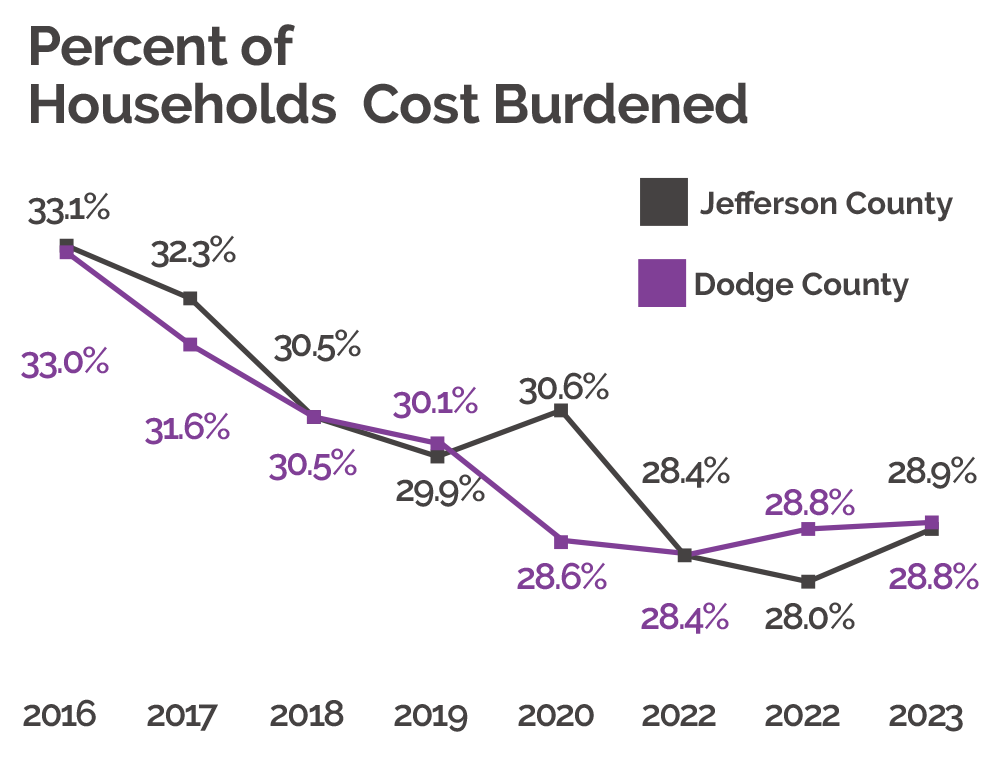strategy
80+ acre development on the Collective Campus
Development begins on a 48-acre model neighborhood offering a full continuum of housing—bringing people of all ages together in a walkable, connected community that showcases the area’s natural beauty.
Our development partners
Workforce housing in Juneau and Lowell
A public-private partnership overseen by the Dodge County Housing Authority has earned $10+ million in state funding. The Foundation donated land and is contributing low-interest financing to the project.
ThriveED as Jefferson County’s housing champion
The Foundation has invested $2M toward the Live Local Development Fund, which provides gap financing to attract developers. This support has helped ThriveED become our regional housing technical assistance leader. ThriveED supports municipalities and offers loan and grant programs for home buyers at or below 80% Area Median Income.
Partner with Habitat for Humanity
Strengthen Habitat for Humanity's impact in our region by aligning efforts and investing in safe and affordable housing.
Spur further research and development
Build regional capacity to support rural housing development.
 Our investment in housing aligns with the Every Child Thrives network’s priority of Strong Families, because children are more likely to succeed when their families have the support they need.
Our investment in housing aligns with the Every Child Thrives network’s priority of Strong Families, because children are more likely to succeed when their families have the support they need.



